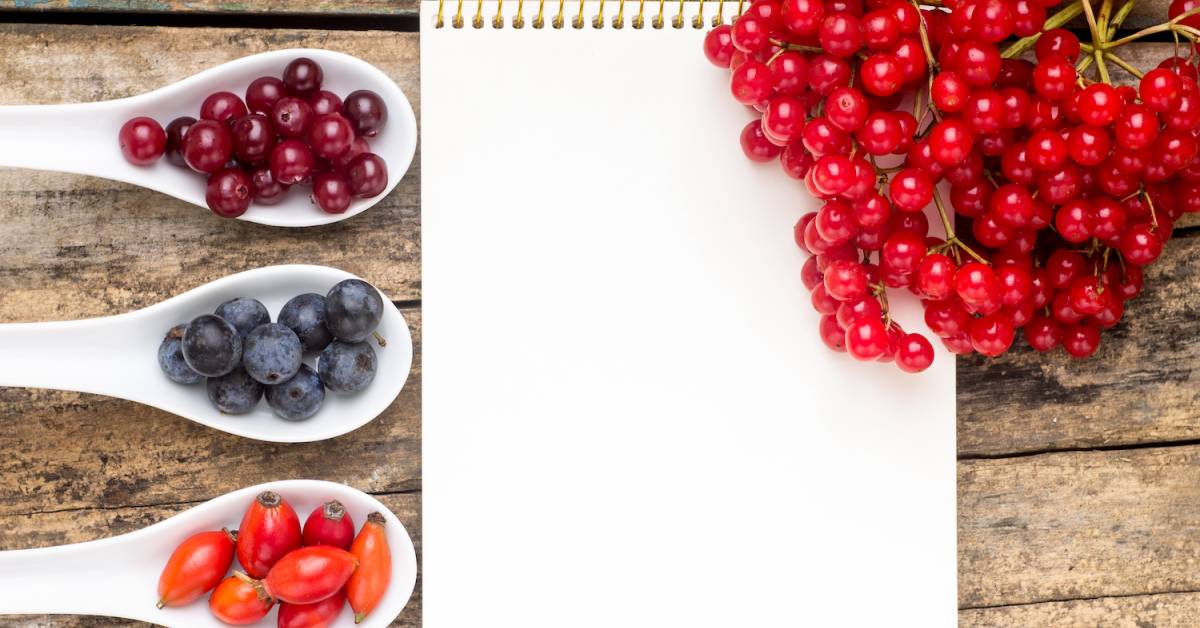Exploring the Health Benefits of Wild Berries: A Nutritional Powerhouse for Diabetics
Health Benefits of Wild Berries
Wild berries are a delicious and nutritious addition to any diet. They are low in calories and fat, and they are a good source of vitamins, minerals, and antioxidants.
Here are some of the health benefits of wild berries:
- They are a good source of antioxidants. Antioxidants help to protect the body against damage from free radicals. Free radicals are unstable molecules that can damage cells and tissues, leading to a number of health problems, including cancer, heart disease, and premature aging.
- They are a good source of fiber. Fiber is important for digestive health. It helps to keep the digestive system regular and can help to reduce the risk of constipation and other digestive problems.
- They are a good source of potassium. Potassium is an important mineral that helps to regulate blood pressure. High blood pressure is a major risk factor for heart disease, stroke, and other health problems.
- They may help to improve blood sugar control. Some studies have shown that wild berries may help to improve blood sugar control in people with diabetes.
The glycemic index (GI) of various wild berries can vary, but generally, wild berries tend to have a low to moderate glycemic index. Here’s a general overview of the glycemic index values for some common wild berries:
- Blueberries: The GI of blueberries is considered low, with values ranging from around 40 to 53.
- Blackberries: Blackberries also have a low glycemic index, typically ranging from 25 to 42.
- Raspberries: Raspberries have a low GI as well, with values usually falling between 32 and 42.
- Strawberries: Strawberries are another low GI option, with values ranging from about 32 to 41.
These low glycemic index values indicate that wild berries have a relatively mild impact on blood sugar levels. They cause a slower and more gradual rise in blood sugar compared to high-GI foods. This makes wild berries a suitable choice for individuals who need to manage their blood sugar levels, such as those with diabetes.
Nutritional Value of Wild Berries
Wild berries are a good source of vitamins, minerals, and antioxidants. Here is a table of the nutritional value of some common wild berries:
| Berry | Calories | Fat (grams) | Protein (grams) | Fiber (grams) | Vitamin C (milligrams) | Potassium (milligrams) |
|---|---|---|---|---|---|---|
| Blueberries | 84 | 0.4 | 0.7 | 2.4 | 24 | 147 |
| Strawberries | 49 | 0.3 | 0.6 | 1.5 | 53 | 200 |
| Raspberries | 50 | 0.8 | 0.7 | 2.8 | 32 | 135 |
| Blackberries | 50 | 0.8 | 0.8 | 2.6 | 29 | 120 |
Are Wild Berries Good for Diabetics?
Wild berries are a good choice for people with diabetes. They are low in calories and fat, and they have a low glycemic index, which means that they do not cause a sharp spike in blood sugar levels.
In addition, wild berries are a good source of fiber, which can help to regulate blood sugar levels. Fiber helps to slow down the absorption of sugar into the bloodstream, which can help to prevent blood sugar spikes.
Some studies have shown that wild berries may help to improve blood sugar control in people with diabetes. For example, one study found that eating 1 cup of blueberries per day for 12 weeks improved blood sugar control in people with type 2 diabetes.
If you are a diabetic, it is important to talk to your doctor before adding wild berries to your diet. Wild berries are a healthy choice, but they may not be right for everyone. Your doctor can help you determine if wild berries are a good fit for your individual needs.
Overall, wild berries are a healthy and delicious addition to any diet. They are a good source of vitamins, minerals, and antioxidants, and they may help to improve blood sugar control in people with diabetes. If you are looking for a healthy snack or dessert, wild berries are a great option.












